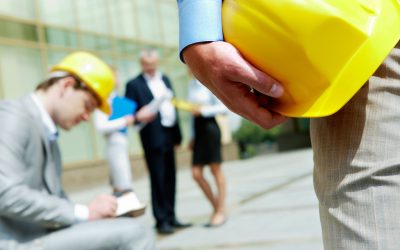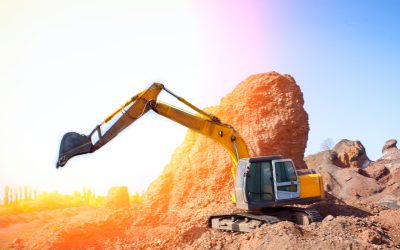Brick buildings have a reputation for being able to stand the test of time and look good doing it. Masonry, or stone working, has been around for ages. Familiar displays include the pyramids of the Aztecs in Mexico and the ones in Egypt, the Roman Colosseum, and the Taj Mahal in India. It is right to look at these – and other historic buildings or homes – and be under the impression that they are durable. However, durability does not mean the same thing as eternal, and these strong hard stones are susceptible to compromise and decay. Stones are made of minerals. Every time water makes contact with them; the water erodes the stone by taking some of the minerals with it. At first glance this may not seem like a dire situation, but if left alone brick and stone will deteriorate over time because of this factor alone. At the website there is even more to learn about the small but significant impact that factors such as plants and settling can have on a brick building, whether old or new.
Buildings that have been neglected or not correctly maintained will require stone pointing. This is an action that calls for skill and specific techniques to ensure that further damage is not done to the framework. If this task is done improperly, it can result in hairline cracks that lead to tearing down the old brick and replacing it with new. Whenever stone pointing in Philadelphia, PA is undertaken, it is done with a careful assessment. A professional will make certain that mortar and brick are well-matched for cosmetic and quality purposes. The stages involve a thorough removal of old mortar, followed by replacing it – typically with lime or cement. It is essential that the mortar is flexible to help compensate for settling.
Consistent care is vital for a building to have longevity. Restoration specialists know the importance of waterproofing brick to protect it from the subtle power of erosion, how to manage plants, and that the importance of maintaining a clean building give it better aesthetics on the outside and better health on the inside. The goal of masonry maintenance is to preserve property through preventative measures. This ensures prolonged building life and should never be a last resort.


